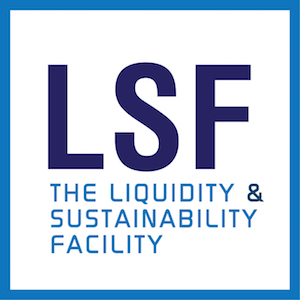Helping Africa face
some of its challenges
The LSF seeks to help drive a virtuous cycle for Africa
Developed countries have long enjoyed the existence of large repo markets for their government bonds, facilitating the creation of stable and additional funding sources. A mature repo market, like that which exists in most major economies, has been missing until now in Africa.
The LSF’s goal is to help the African Sovereign Eurobonds repo market reach the same level of maturity as in developed countries.

Our governance
The LSF board
The Board represents the interests of the LSF stakeholders and is responsible for the adherence of the LSF to its mission and to standards of transparency and accountability. It seeks to ensure that appropriate systems and processes are in place in terms of corporate governance, strategic planning, risk management, and internal controls to monitor the LSF’s operations and compliance with applicable laws and regulations. The Board will also include a Head of Credit Risk.
The Board of Directors seeks LSF engagement with key relationships, partners and stakeholders, as well as relevant policy and decision-makers from the major economies and international development financial institutions.

Vera Songwe
Chairwoman of the Board
Vera Songwe is a visiting senior fellow at the Brookings Institution, Co-Chair of the High Level Expert Panel on Climate Finance
nominated by the government of the UK and Egypt alongside Lord Nick Stern. She is the former United Nations Under-Secretary-General and the Executive Secretary of the Economic Commission for Africa (ECA).
Songwe has led numerous efforts to bring greater prosperity to Africa. She has worked with African heads of government, Ministers of Finance and Central Bank governors, international organizations and the private sector on macroeconomic stability, monetary policy, financial innovation and inclusion growth, economic integration and trade, and private sector development. She is a leader recognized and respected globally and has contributed policy advice to many continental leaders and institutional leaders globally.
Previously, Songwe was the Regional Director of the International Finance Corporation, covering West and Central Africa. She oversaw a multi-billion dollar portfolio of investments in energy, transportation, manufacturing and technology.
Prior to this, she held a number of roles at the World Bank, including serving as Country Director, Adviser to the Managing Director for Africa, Europe and Central and South Asia. She spent 10 years of her career working and living in Asia. She joined the World Bank as a Young Professional. Prior to joining the Bank, she was a Visiting Researcher at the Federal Reserve Bank of Minnesota and at the University of Southern California.
Songwe was named African Icon of the year in 2022 by the African Bankers Association for her work on SDRs, Inflation, debt management and domestic resource mobilization. She was named one of the ‘100 Most Influential Africans’ by Jeune Afrique in 2021 as well the top 50 most influential African Women by Forbes Magazine in 2019 and by the Financial Times as among 25 Africans to watch.
She holds a PhD in Mathematical Economics from the Center for Operations Research and Econometrics, a Master of Arts in Law and Economics and a Diplôme d’études approfondies in Economic Science and Politics from Université Catholique de Louvain in Belgium. She also holds a B.A. in Economics and Political science from the University of Michigan, Ann Arbor.
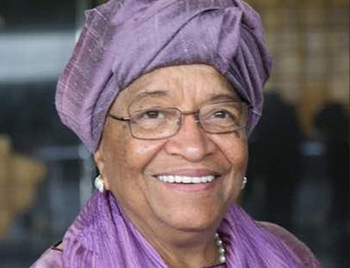
Ellen Johnson Sirleaf
Honorary Chairwoman of the Board
Ellen Johnson Sirleaf is a former President of Liberia (2006-2018) and Africa’s first elected female head of state
She is the 2011 Nobel Peace Laureate and a leading promoter of peace, justice, and democratic rule, a voice for freedom, and advocating for all health. Since joining The Elders in January 2019, Ellen Johnson Sirleaf has been a strong voice for women’s role in peacebuilding and promoting a collective rights-based response to the COVID-19 pandemic. She serves as member of the Campaign for Nature’s Global Steering Committee since 2020 and as the Co-chair of the Independent Panel for Pandemic Preparedness and Response also since 2020. She is the Chair and Founder of the Ellen Johnson Sirleaf Presidential Center that seeks to amplify the voice of women in Africa.
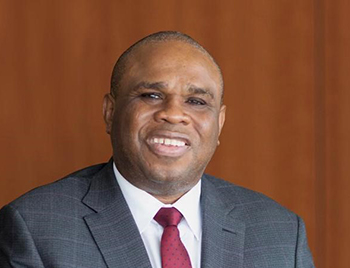
Prof. Benedict Oramah
Board Director
Prof. Benedict O. Oramah is the President and Chairman of the Board of Directors of African Export Import Bank
As the President of African Export Import Bank (Afreximbank), Prof. Oramah has grown the Bank significantly and improved its global appeal and relevance.
The Bank is playing a key role in the implementation of the African Continental Free Trade Agreement which is the most significant trade and development initiative in Africa for decades. In support of the AfCFTA, Afreximbank, under the leadership of Prof. Oramah championed the creation of very innovative digital platforms that will boost intra-regional trade and investments by revolutionizing cross border payments and improving access to quality trade information. These include the Pan-African Payment and Settlement System (the “PAPSS”), a Trade Information Platform and MANSA, which is a repository platform that provides a single source of primary data required for the conduct of customer due diligence on African entities
Prof. Oramah is one of the four Principals of the African Union’s Africa Vaccine Acquisition Task Team (AVATT) and under his leadership, Afreximbank played a pivotal role that made it possible for the continent to procure 400 million doses of Johnson and Johnson COVID-19 vaccines, by providing a US$ 2 billion Advanced Procurement Commitment (APC) guarantee to the vaccine manufacturer, on behalf of African countries.
As a recognition for his achievements, Prof. Oramah has received several honors and awards including being listed in the 100 most influential Africans by New African Magazine in 2019, 2020 and 2021. He was also listed by Jeune Afrique among the top 100 Influential Africans. In 2017 Prof. Oramah was voted African Banker of the year by the African Banker magazine. He also received the New York University Africa Leadership Award in 2018. He sits on the Boards of many organisations and also chairs the Boards of the Funds for Export Development in Africa (FEDA), and the Pan-African Payment and Settlement System (PAPSS). Prof. Oramah has written over 50 articles and papers, authored books and contributed chapters in several books.

David Escoffier
Board Director & CEO of the LSF Secretariat
David Escoffier is a Partner, Eighteen East Capital
David Escoffier started his banking career in the early 90’s, initially with Credit Lyonnais, then for SG Cowen in New York and Société Générale in London, where he held senior management positions as Global Head of Equities & Derivatives, Global CEO of NewEdge, Global Head of Sales, and Deputy Head of Global Markets. David has held directorships with global trade associations including the GFMA and FIA, and served on several corporate boards, including Lyxor Asset Management. He joined Eighteen East Capital as Partner in 2018 in London, working notably with the United Nations Economic Commission for Africa. Throughout his career he has been a passionate supporter of charitable work, notably as a trustee of the SG UK Group Charitable Trust.
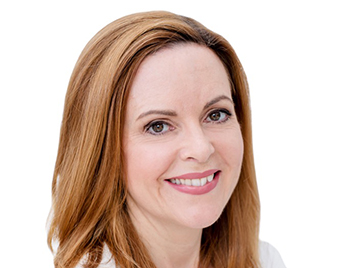
Anne Flood
Board director
Anne is an executive director of Intertrust Management Ireland Limited
with responsability for the Capital Markets service line. Anne works with clients and business partners to provide tailored corporate administration services and non-executive director services to a wide variety of structures established by multinational corporates, private equity firms, investment banks, aviation leasing companies and regulated alternative investment funds. Prior to joining Intertrust in 2012, Anne established the SPV Administration business for Walkers Management Services in Dublin and also held senior roles in AIB Capital Markets in its International Financial Services division with responsibility for managing client services teams and business development. Anne commenced her career with ORIX Aviation in Dublin where she spent a number of years as a financial accountant.
Anne is approved by the Central Bank of Ireland and holds PCF roles as Chairperson and non-executive director of a number of regulated alternative investment funds. In addition, Anne provides directorship services to companies engaged in real estate finance, direct lending, CLOs and CLO originator transactions, aviation finance and leasing, litigation financing and asset backed securitization structures.
Anne is a member of the Institute of Directors in Ireland, a board member of the Irish Debt Securities Association (‘IDSA’) and Chair of the Corporate Services Providers Committee of IDSA.
The LSF Credit and Risk Committee
The CRC recommends risk policies, monitors compliance, and provides investment risk oversight. Reporting to the Board, the Chairperson of the Credit and Risk Committee leads the oversight of the LSF Risk Management Framework.

Vipul Bhagat
Chairperson of the CRC
The Credit and Risk Committee (CRC)
Vipul started his professional career at KPMG, then Deutsche Bank and Fannie Mae, before joining the IFC. During his nearly 30 years at IFC, he managed numerous infrastructure investments and established the South Asia PPP Advisory Service Line of Business. He was also the deputy head of the Global PPP Business in Washington, D.C., USA. In this role, he managed key relationships with global financial institutions and private equity groups to source, execute, and manage transactions for impact and bankability in emerging markets.
He is an independent board member at Banco de Oro (BDO) Unibank, the largest financial services firm based in the Philippines with an asset base of US$75 billion; a board member of one of the largest US-based and regulated credit unions with over US$6 billion in total assets (BFSFCU) and VisionSpring—a US-based “social enterprise“.
The LSF Secretariat
The Board of Directors is supported by the Secretariat that assists the LSF with strategic planning, corporate governance and communications among other responsibilities.

David Escoffier
Board Director & CEO of the LSF Secretariat
David Escoffier is a Partner, Eighteen East Capital
David Escoffier started his banking career in the early 90’s, initially with Credit Lyonnais, then for SG Cowen in New York and Société Générale in London, where he held senior management positions as Global Head of Equities & Derivatives, Global CEO of NewEdge, Global Head of Sales, and Deputy Head of Global Markets. David has held directorships with global trade associations including the GFMA and FIA, and served on several corporate boards, including Lyxor Asset Management. He joined Eighteen East Capital as Partner in 2018 in London, working notably with the United Nations Economic Commission for Africa. Throughout his career he has been a passionate supporter of charitable work, notably as a trustee of the SG UK Group Charitable Trust.

Melody Jeannin
Head of Communication & Marketing
Melody Jeannin is the Founder of Alchemy for Harmony
Melody Jeannin started her career in communication in the financial industry at Societe Generale as Head of Communication South-East Asia. She then held several positions at the bank including Head of Communication Asia-Pacific, Head of Communication UK, Global Head of Press Relations, Corporate & Investment Banking, Global Head of Communication Corporate & Investment Banking then Global Banking and Investors Solutions arm, and Global Head of Marketing, Global Markets. She founded Alchemy for Harmony in 2019 in Paris, a communication consultancy firm dedicated to strategy and energy transition.

Gabriele Frediani
Head of Development and market infrastructure coverage, Europe
Gabriele has more than 25 years of experience
Gabriele has more than 25 years of experience in the financial industry in Fixed Income and Repo. He has notably occupied the positions of Head of European Expansion at BondCliQ, Business Development Advisor at Absolute Collateral, Chief Business Development Officer at Elixium, and Head of Markets at MTS. He has also worked as an independent consultant with the World Bank in Africa.
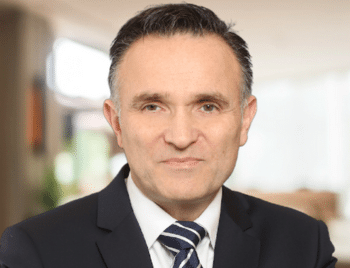
Cyril Louchtchay de Fleurian
Director, Operational Risk Advisory & Development
Cyril began his career in the late 1990s
Cyril began his career in the late 1990s as a Fixed Income, Short-Term Rates, and REPO trader at Caisse des Dépôts et Consignation (CDC), Natixis, and Bank of America Merrill Lynch. He later served as Head of Securities Finance & Collateral Management at Euroclear (ICSD) and held the position of Chief Business Development Officer in several Fintech companies. A long-standing board member of ACI France, he now acts as an advisor to major banks and financial institutions across the EMEA region. He also provides tailored training and coaching for professionals, covering a wide range of topics related to REPO and Securities Finance.
Founding partner
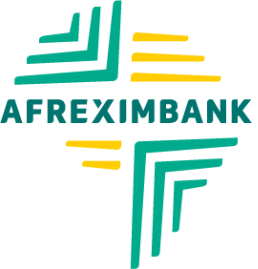
Index Collaboration

Research partner

Operational partners
The LSF Administrator

The LSF Structuring Advisor

The LSF Global Market Infrastructure Agents


The LSF Legal Firms


With the support of
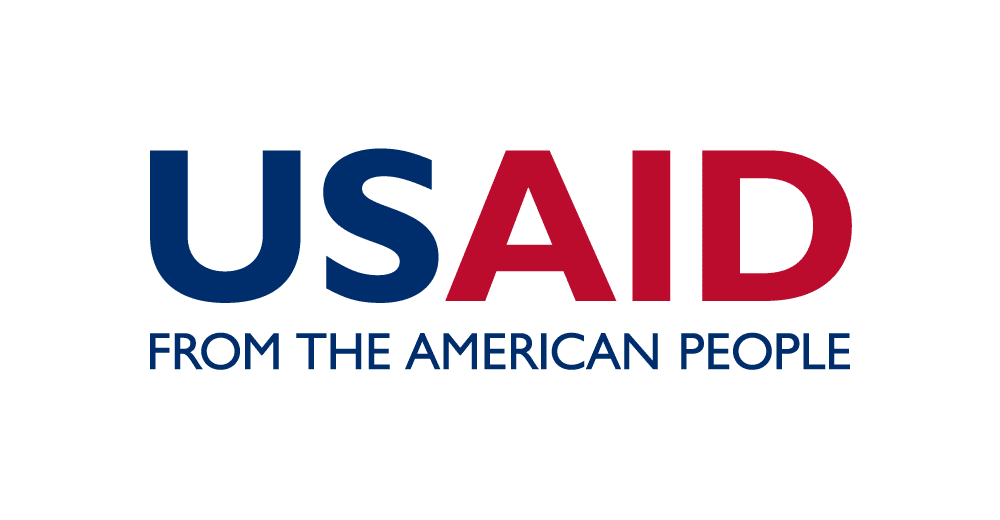
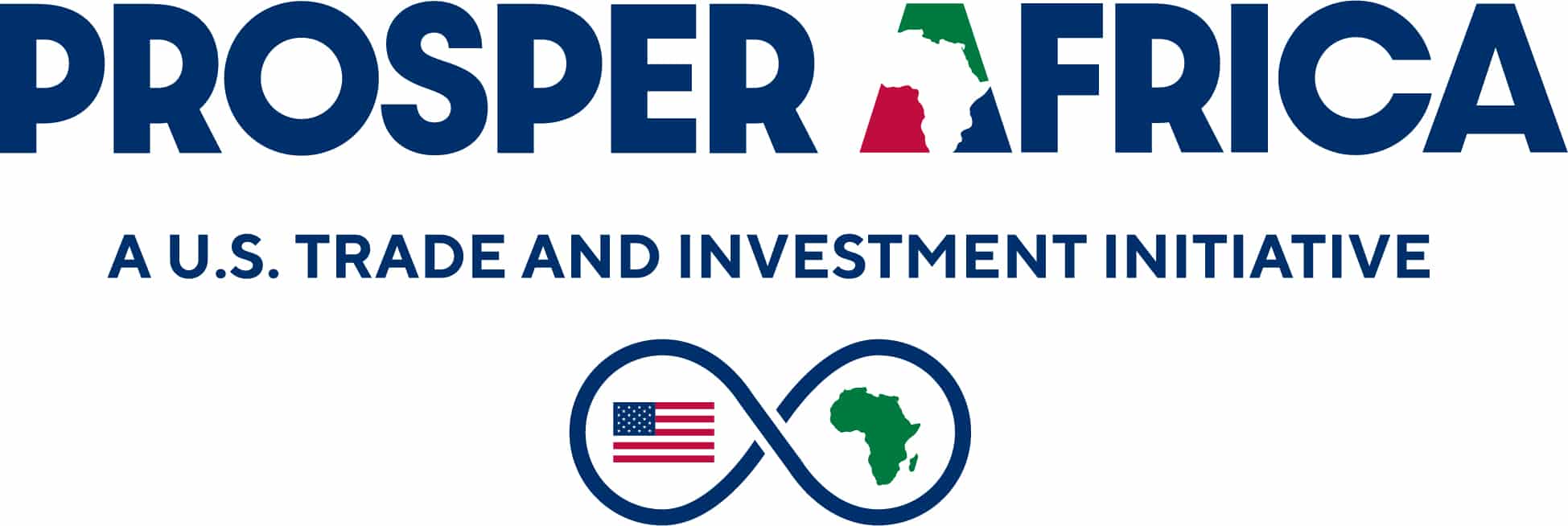
Diversified funding
The LSF operates an Asset and Liability Management policy with a funding plan for credit and repo lines of various terms matching its transactions, established with a diversified pool of financial institutions representative of the multiple LSF stakeholders, globally as well as in Africa. It includes central banks, MDBs and IFI, private and commercial banks. The optimal funding capacity is expected at USD 30 Bn over the medium term. To that effect, the LSF is actively engaging with the IMF and G20 on the on-lending of their unused-SDRs.
More about LSF
About The Liquidity and Sustainability Facility
The LSF was designed with the support of the United Nations Economic Commission for Africa and Afreximbank with the dual objective of supporting the liquidity of African Sovereigns Eurobonds and incentivizing SDG-related investments such as SDG and green bonds on the African continent.
The web hosting is powered exclusively by certified renewable energy.
